Novel approach to saving energy in Bosch China headquarters
2022/07/08
Next to the waterfront of Sky SOHO, there is a building with a distinguishing sense of science and technology. It is the Bosch headquarters at 333 Fuquan North Road.
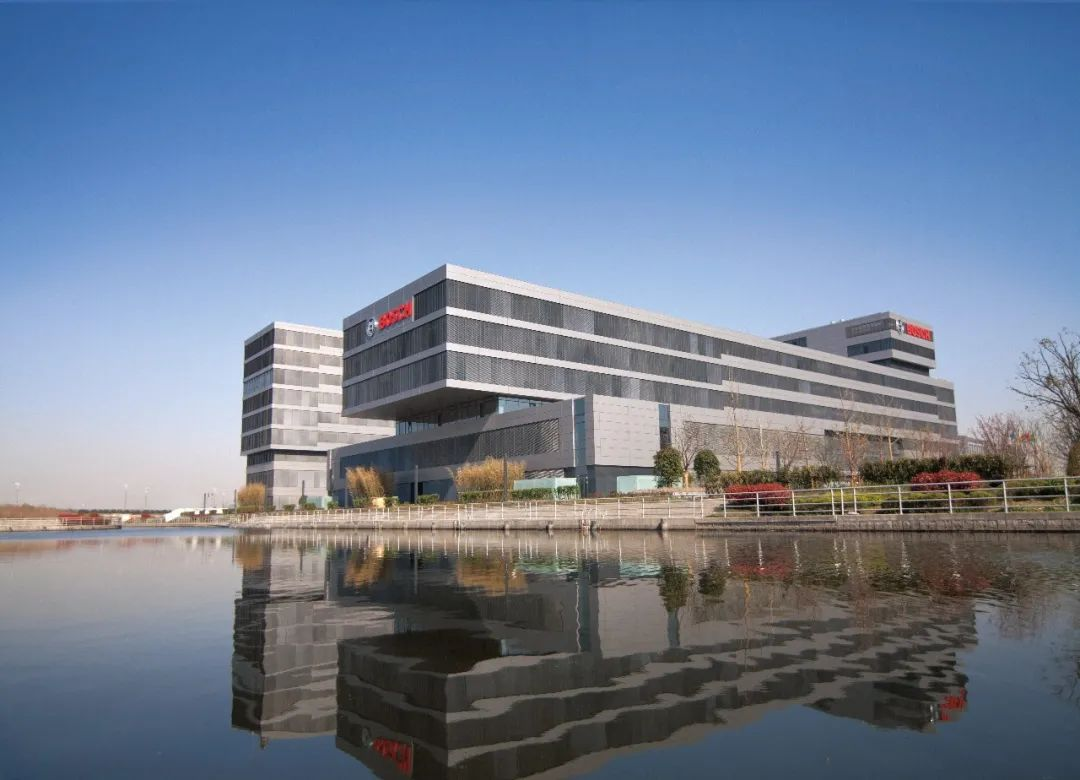
The Bosch China headquarters complex was put into use in 2011. It consists of four high-rise buildings connected through corridors. With the design concept of modern and science and technology, it integrates four sets of green science and technology systems to create an eco-friendly science and technology building.
The roof of the Bosch complex is covered with solar photovoltaic panels, which are converted into electric power through solar energy and stored in 306 monocrystalline silicon battery modules with large capacity and heavy mass installed on the roof and 474 amorphous silicon (thin film) battery modules. All the stored electric energy is used for the electrical appliances of the building to reduce the consumption of electricity.
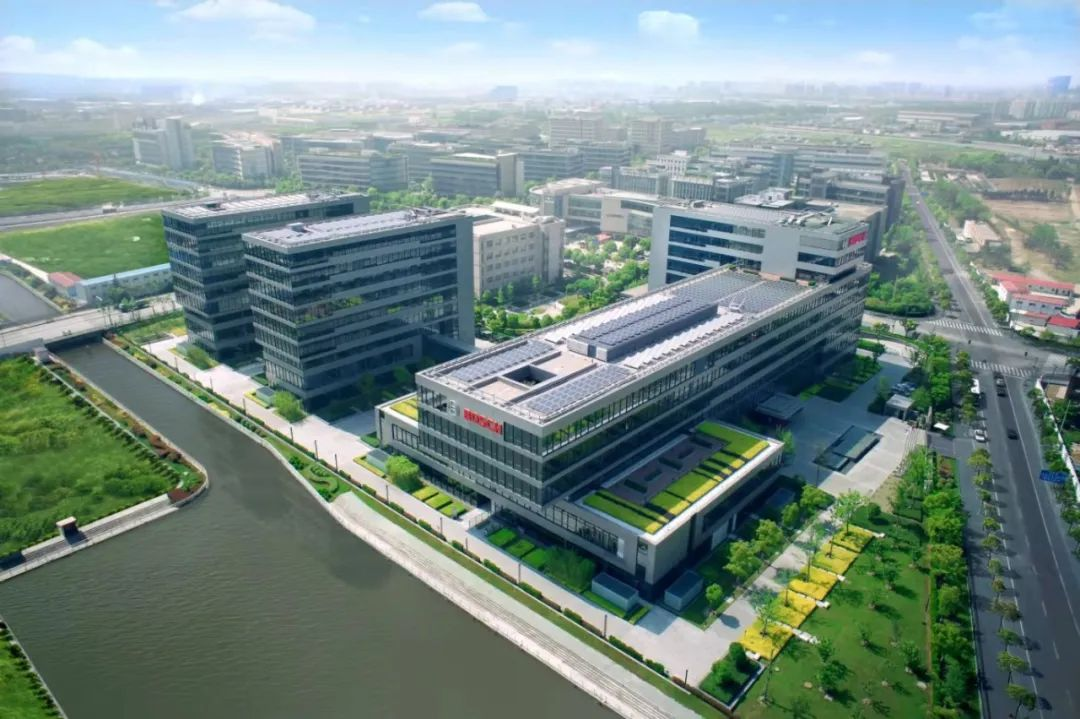
The whole system generates 122,000 kwh of electricity every year, reducing about 96 tons of carbon dioxide emissions every year, according to Bosch.
Not only on the roof, the windows of the building are also equipped with an external sunshade system, which can automatically control the opening angle of the louver through the induction of illumination and the calculation of solar irradiation angle, which can not only block the direct sunlight and save the cost of air conditioning.
While preventing sunlight from directly entering the room, open the angle as much as possible to allow natural light to be reflected to the indoor ceiling, increase the brightness of the room and maintain a good visual effect.
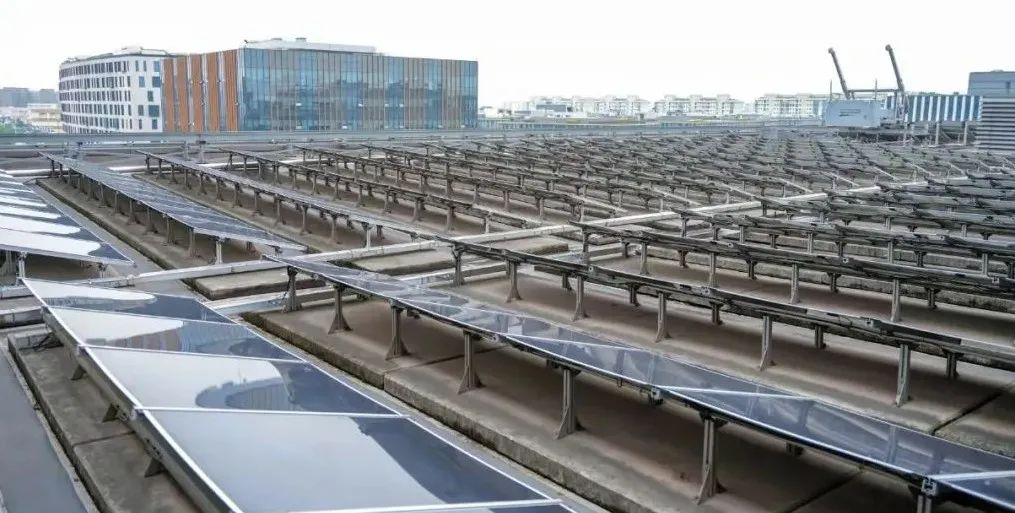
The air conditioning system of an office building is also large energy consuming equipment. Hence, Bosch designed and developed a ground source heat pump system to introduce ground energy into the building.
Bosch’s ground source heat pump system buries more than 300 pipes 120 meters underground to convert underground energy into the system, and finally help the building air conditioning heating or cooling.
This system can bear 50 percent of the cooling energy consumption in summer and 40 percent of the heating energy consumption in winter, so as to save electric energy consumption and reduce emissions, according to Bosch.
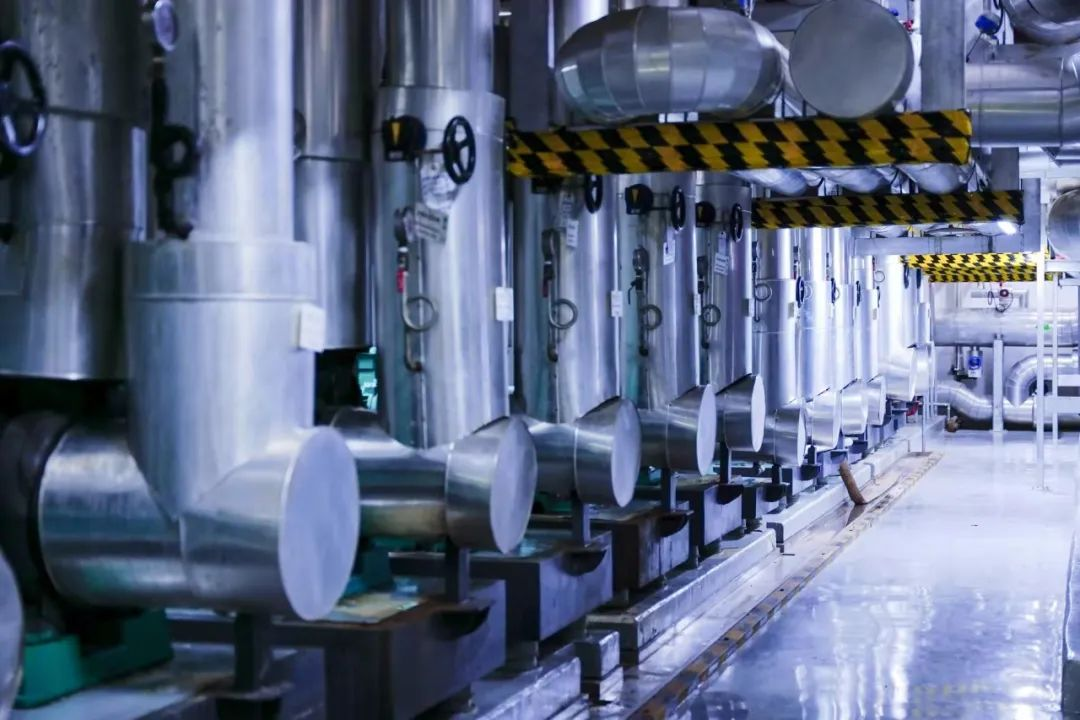
Bosch energy management system and automation system can comprehensively control the trend of energy flow through the monitoring of all building energy consumption, and find the energy-saving potential in office links through the analysis and comparison of energy use.
It is understood that the system reduces the power consumption of the complex from 10 million kwh in 2015 to 8 million kwh in 2020.
Bosch China achieved the goal of carbon neutrality in R&D and manufacturing in 2020, making it the first large manufacturer to achieve carbon neutrality throughout the world.
Bosch China has successively launched 319 energy-saving projects in 46 business locations since 2019, saving 480 million kwh of electricity and reducing carbon emissions by more than 30,000 tons, equivalent to the amount of carbon dioxide absorbed by 49 square kilometers of forest in a year.
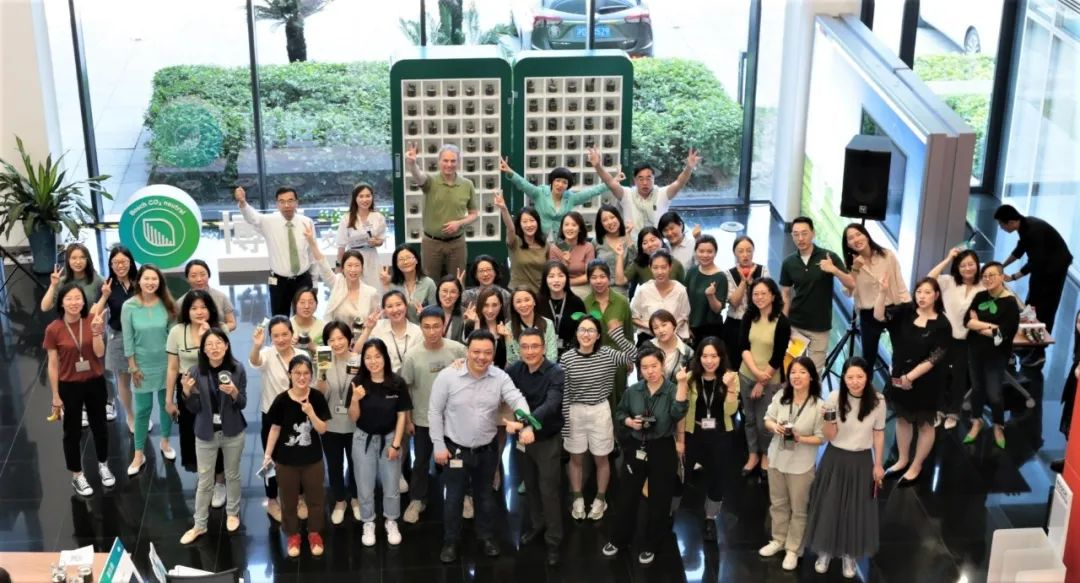
In 2020, Bosch China invested more than 42 million yuan (US$6.56 million) in climate protection and realizing “carbon neutrality.” In the past two years, Bosch China has invested more than 100 million yuan in environmental protection.
Bosch China proposes carbon neutrality in four aspects, namely, improving energy efficiency, expanding the use of renewable energy, increasing the purchase of green power and carbon offset — using high-quality carbon sink projects to offset inevitable carbon dioxide emissions.
Bosch China has set up a “Bosch green power exchange” platform, which carries various environmental protection ideas of green life.
The company’s trade union unites various departments and four senior executives as the sponsors of a series of activities to lead employees to approach “carbon neutrality.”
The planned activities include the second-hand trading market environmental protection activities with the themes of green travel, hiking, no food waste and recycling which enable employees to participate in the activities and understand the contents of green emission reduction.